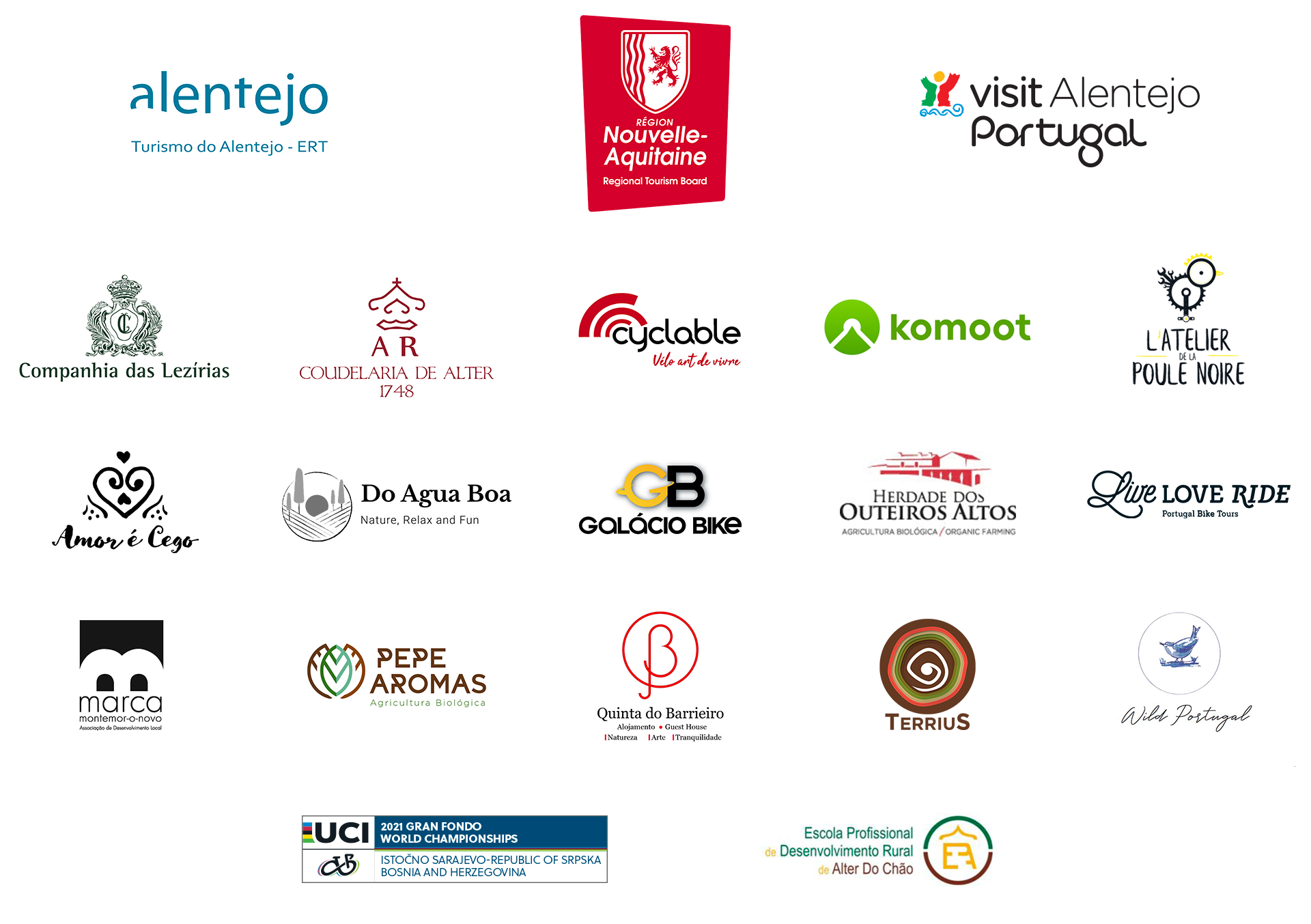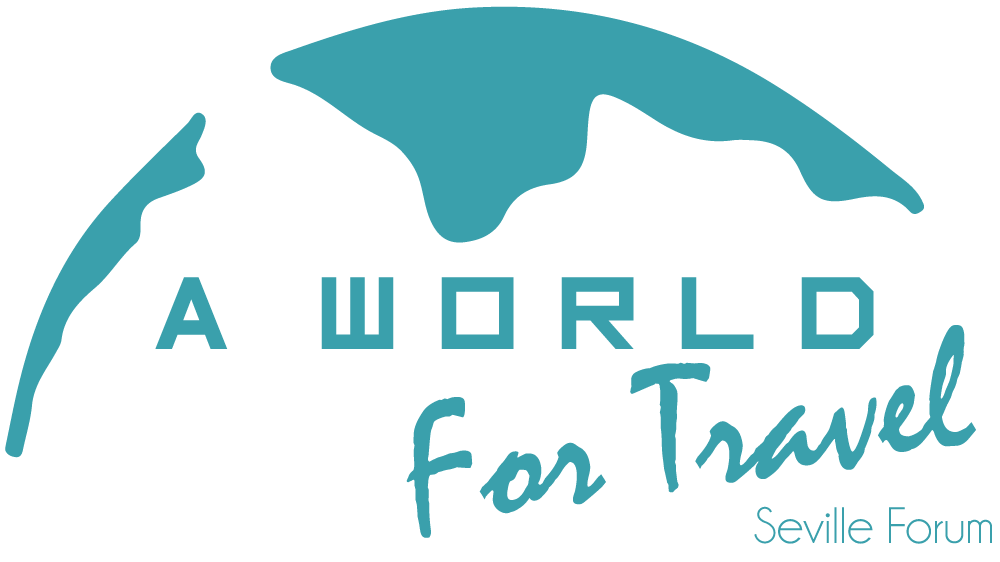
The Road To Évora actually begun last year in September (view Season 1 map) with the first journey going across the French West Coast, and especially the Nouvelle-Aquitaine region, partner of the trip. There I was greeted with a warm welcome, and discovered wonderful places and people – and for that I am very thankful. Unfortunately, after crossing the Spanish border, I had to put my journey to a halt in order to comply with the sanitary measures, and I had to go back right after setting tires in Vitoria-Gasteiz (50 km south of Bilbao).
On my way back, I had plenty of time to think about how I want to give even more meaning to SLOW travel, spending more time with the people I meet, and taking more time to observe, feel, and connect with the land I cross.
The second Season of the Road To Évora will revolve around a few slow-paced, humanly enriching moments, and moments of full-on sport in the wild.
That’s why I decided to spend more time in the places that welcome me, taking the time to really enjoy the moment and appreciate the energies of the place.
This year will be about 2 new challenges: crossing the Pyrenées and crossing the Bardenas desert, and 2 areas to thoroughly explore at a slow pace: the Pyrenées, on one hand, and especially Alentejo (Portugal) on the other hand. The « Visit Alentejo » road is all about taking the time to discover a region, cycle less and open our eyes and ears more, and that’s what I intend to do!
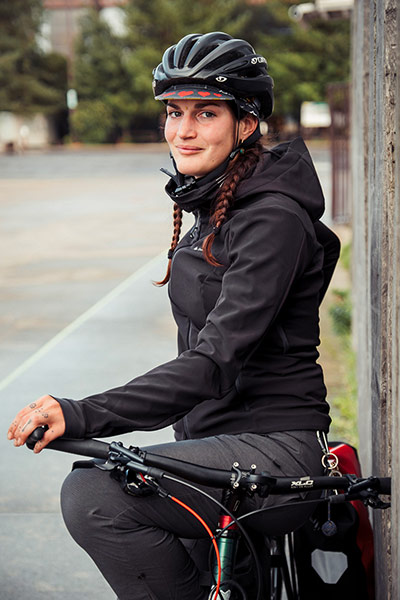
Reaching Evora in two times will require me to cycle over 3200 km in total (both seasons included), reach over 30 stopovers, and meet with more than 50 people.
The Road to Evora is somewhat more a way of life and travel than a challenge, everyone can set their own goal of how many kilometers they want to achieve per day, which means it’s reachable by anybody – and not only the able-bodied. The meaning of this journey is to highlight that and focus on the fact that travelling slowly also means having richer experiences than ever, let them be human, historical, discoveries, feelings, or anything really.
It’s also making a statement about the fact than it is POSSIBLE to continue to travel WITHOUT damaging our planet and its nature.
For all of those reasons I’m proud to present you the itinerary of the Season 2 of the Road to Evora.
I’m actually writing those words just 24h before the departure, I feel very emotional, and I can’t wait to show you more about this way of traveling!
Today, as bicycle deliverer in a local Nantes cooperative in the Loire district in France (Les Coursiers Nantais), I am addicted to riding but even more to traveling by bicycle! Educated by travel, nature and sport, traveling and cycling are obvious to me. The freedom this provides is unmatched, so is the flexibility. Travelling by bike is to be a spectator of all regions, all cities, seas and mountains.
A place moves you ? You stop there and enjoy it until the next day. Are you enlighted by a city ? You stay there 1 more day. The only limit is that of your desires and motivation.
It is also an extraordinary way to meet people, to discover people and their authenticity. It’s when you meet people that you really meet their land and their roots.
It is for all of these reasons that I am particularly proud to represent the Evora Forum. The challenge ahead is as ambitious as it is reachable just as much as the one launched by the organizers of the forum and that motivates me even more. We will never stop traveling, our openness depends on it, but it is up to all of us not to lose control, and to make the ecological alternatives of tourism work.
Isaure Delom

Her trip
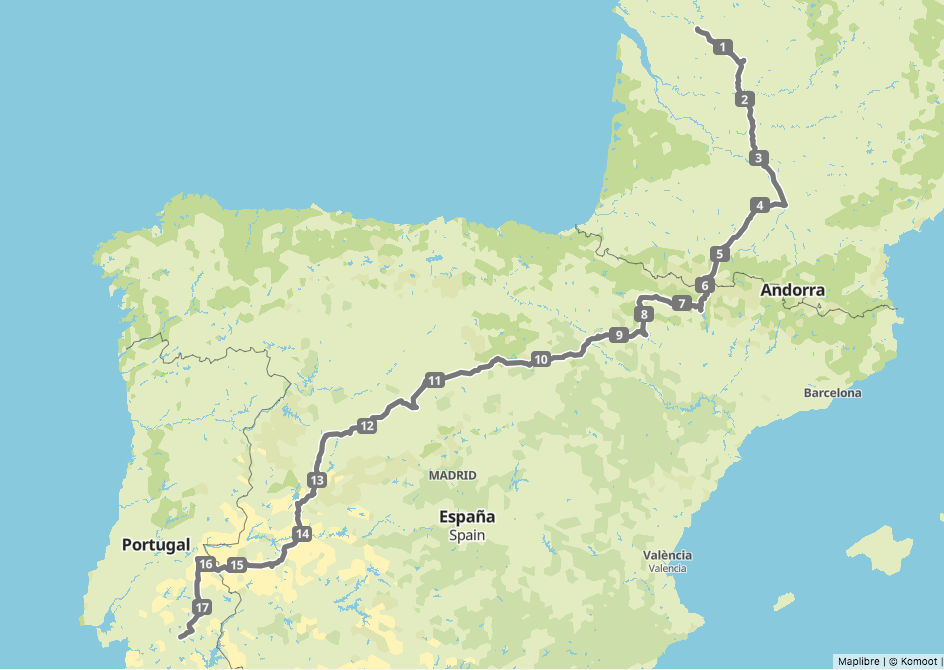
France > Spain
Step 1 :Les Eyzies de Tayac > Boulazac
Step 2 : Boulazac > Roquecor
Step 3 : Roquecor
> Toulouse
Step 4 : Toulouse > Anan
Step 5 : Anan > Vielle-Aure
Step 6 : Vielle-Aure > Aínsa
Step 7 : Aínsa > Santa Cilia
Step 8 : Santa Cilia > Puendeluna
Step 9 : Puendeluna > Tarazona
Step 10 : Tarazona > Valladolid
Step 11 : Valladolid > Salamanca
Step 12 : Salamanca > Granadilla
Step 13 : Granadilla > Cáceres
Step 14 : Cáceres > Marvão
Visit Alentejo
Step 15 : Marvão > Castelo de Vide
Step 16 : Castelo de Vide > Nisa
Step 17 : Nisa > Crato
Step 18 : Crato > Alter de Chão
Step 19 : Alter de Chão > Estremoz
Step 20 : Estremoz > Redondo
Step 21 : Redondo > Azaruja
Step 22 : Azaruja > Évora
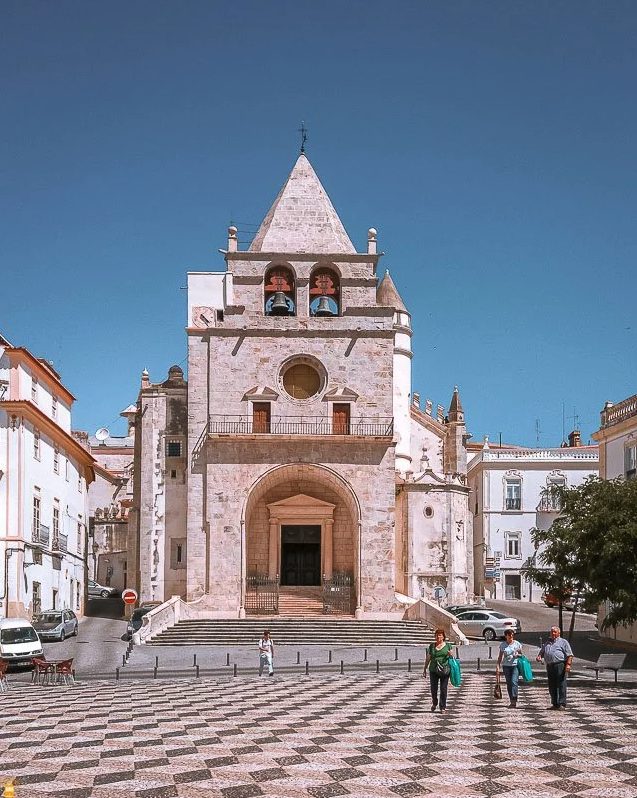
ALENTEJO'S JEWELS
Our idea? Biking across Alentejo, taking the time to focus not only on the region itself but on the people as well. Meeting them, discovering their initiatives to make their land more respectful of the nature and traditions…
This is what “Slow Travel” is all about. It’s about taking the time to understand the Earth and its jewels, but also to really look at the landscapes and their inhabitants. When we travel, the journey is what matters the most, allowing us to truly understand what we see along the way, to let go of the things we can’t control, and to keep being surprised by what we discover.
Alentejo, an authentic land preserved from mass tourism, is a perfect illustration of that.
Bike Ride Partners
